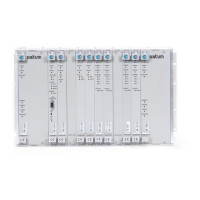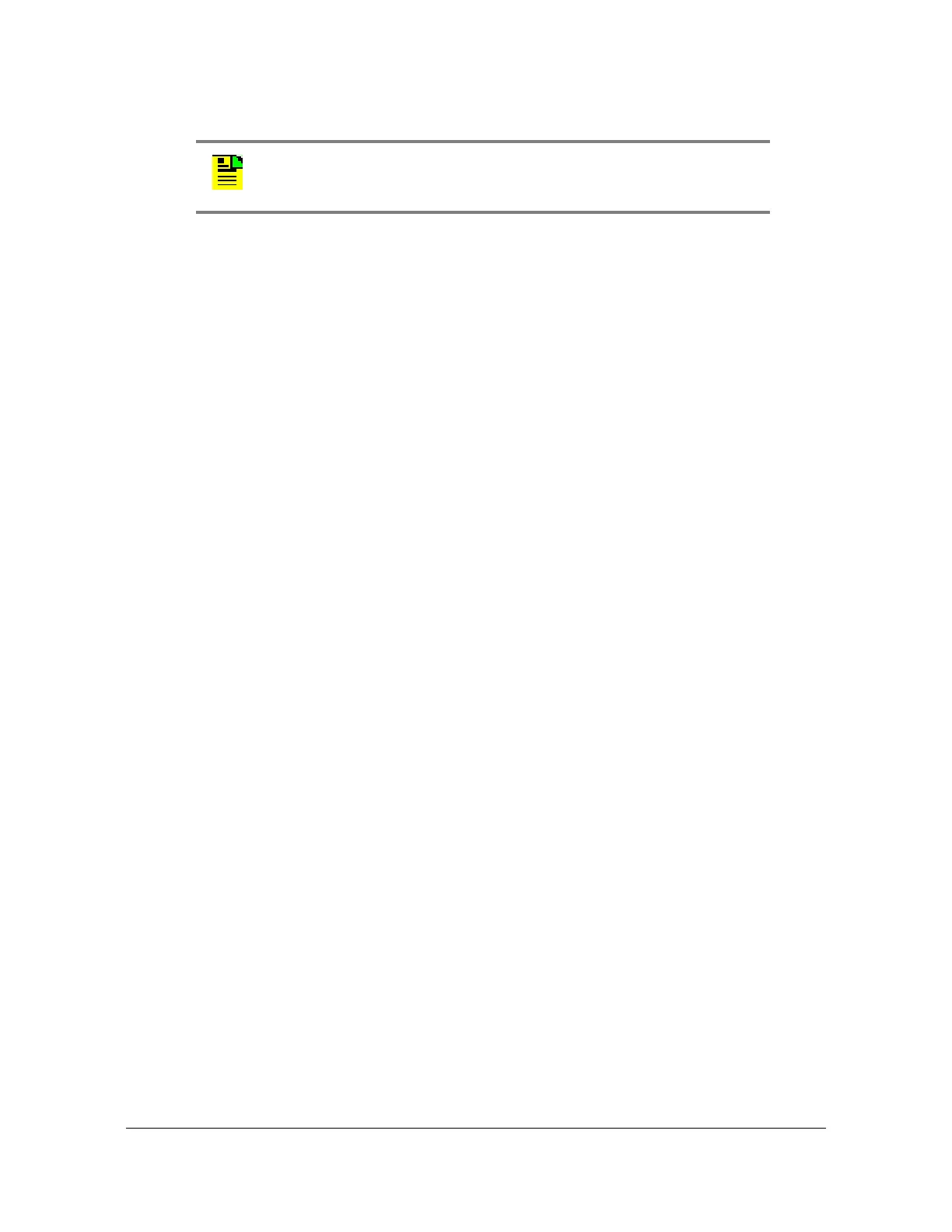12713020-002-2 Revision D – April 2004 SSU-2000 User’s Guide 269
TL1 Command Interface
aid (Access Identifier) is an optional field that represents the shelf, module, and
port within the SSU-2000 to which the command is addressed or to which the
response applies. The aid must be null (::, indicating ALL or not used), ALL
(indicating all modules and ports related to the command type), or the aid
assigned to an entity in the SSU-2000. The aid allows aliases for clock and buffer
modules.
Follow these conventions for entering the aid field:
SxAy-z
or ALL
or SxBUF-w
or SxCLK-w
where:
x SSU-2000 main (1) or expansion shelf (2-5) number
A placeholder to separate the shelf number form the slot position
y SSU-2000 slot position (1-16)
z port number (1-20)
ALL all modules or ports to which the command applies
w buffer module A or B or clock module A or B
Specify multiple aids using the ampersand (&)
Use a single ampersand (&) to indicate aid1 and aid2
Use a double ampersand (&&) to indicate a range from aid1 to aid2
The y or z part of the aid also uses the ampersand (&)
ctag (Correlation Tag) field is a six-digit alpha-numeric message identifier code
that is received with the command and returned in the response, for correlation of
message and response within the operating system. The ctag can be any
combination of six alpha-numeric characters randomly generated by the user.
gb (General Block) is an field that is not used by the SSU-2000 but that you must
indicate by a double colon, that is, by preceding any parameters following the
ctag field with double colons (::).
other is a field that is used for commands that require other information. The
format for this field is specified in the individual command descriptions.
In-Process Acknowledgment Response Message Conventions
Each command received by the SSU-2000 with a valid tid generates a response
when the terminating semicolon is received, followed by an output response
message or the output response.
Note: The SSU-2000 does not generate a response for entries
without a valid tid.

